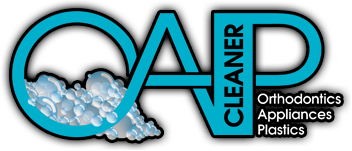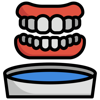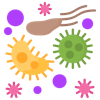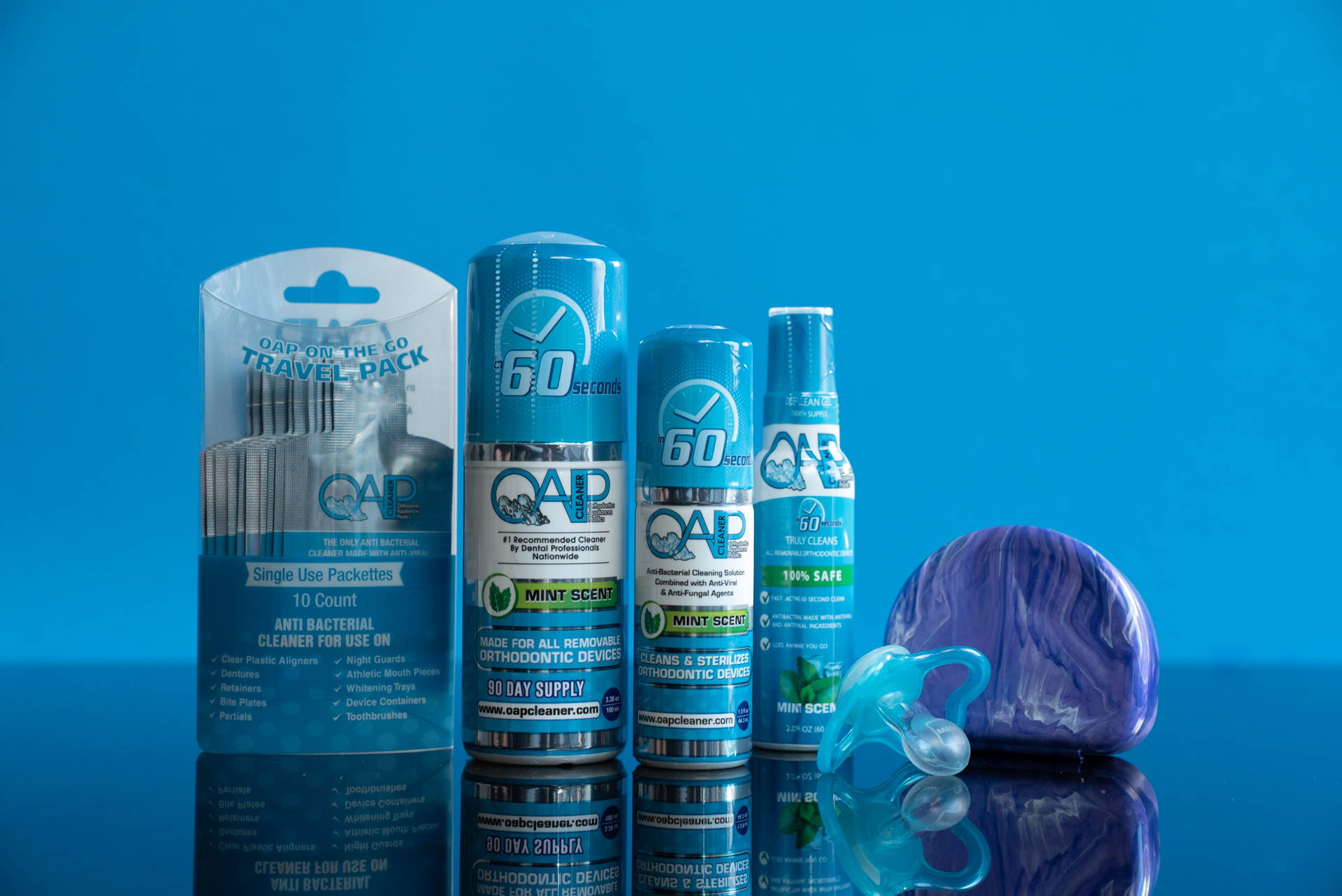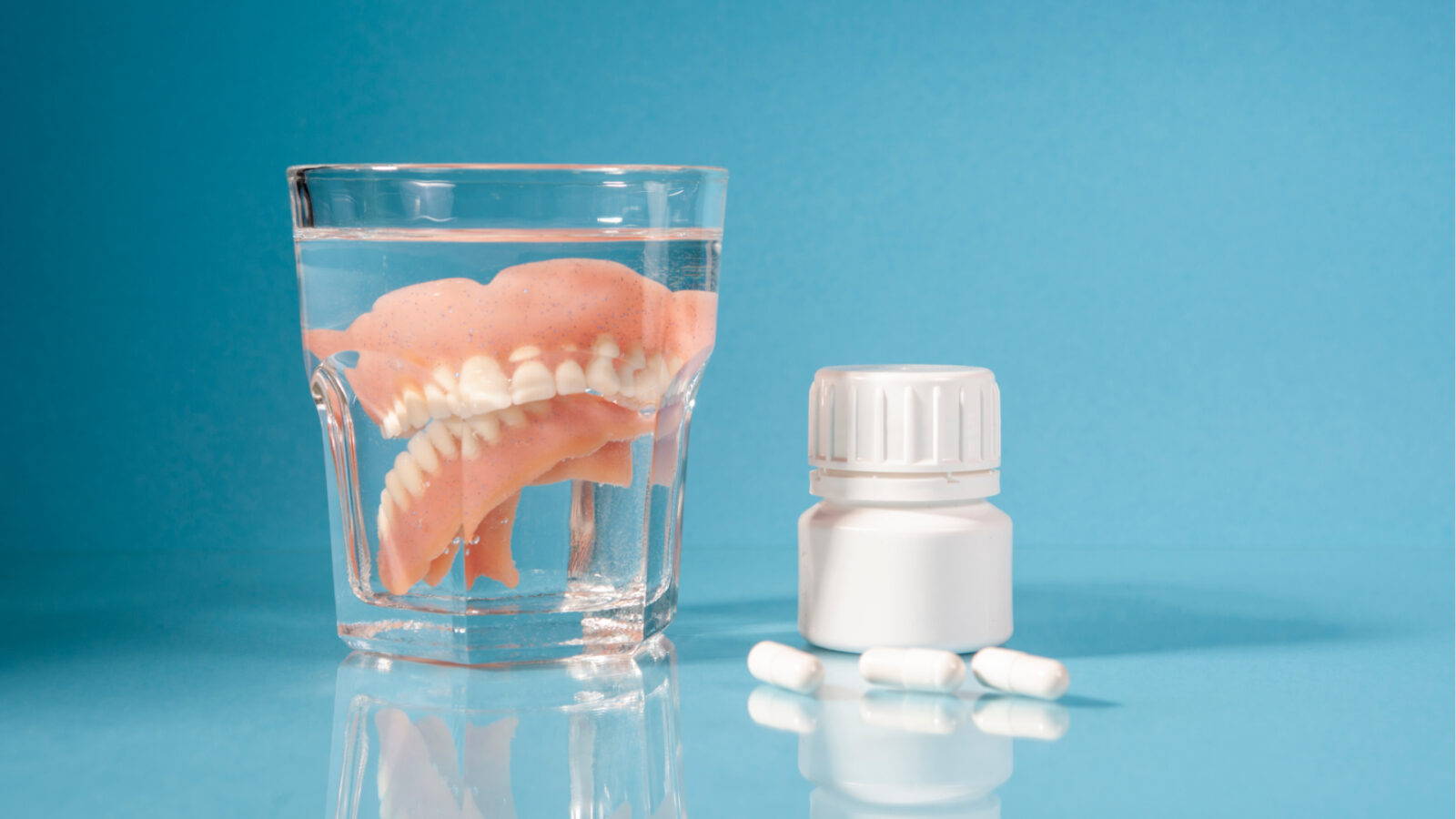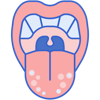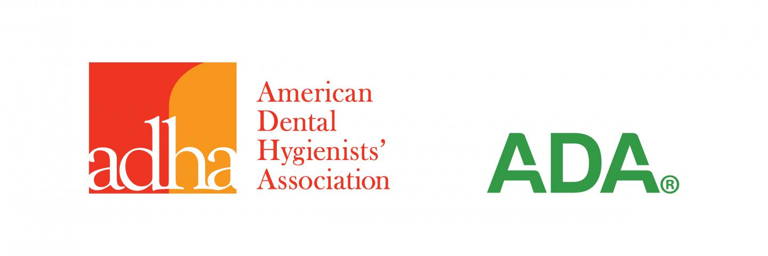Background
Contaminated toothbrushes can cause several oral and systemic illnesses. This study aimed to identify the most rapid, effective, and affordable method for toothbrush decontamination. In addition, the most prevalent bacterial species colonizing toothbrushes were determined.
Methodology
Toothbrushes were collected after two weeks of use by 55 volunteers. The bacterial count was measured before and after sterilization using 0.2% chlorhexidine gluconate, 0.1% Listerine, 70% white alcohol, 10% povidone-iodine, 1% sodium hypochlorite, 2% glutaraldehyde, ultraviolet radiation, microwave irradiation, 3% hydrogen peroxide, and 100% white vinegar, with tap water rinse as the control.
Other Results
The toothbrush samples were also colonized by several different types of bacteria. The most common colonizing bacterial species included Bacillus subtilis (28% prevalence), Sacrina (26% prevalence), and Streptococcus pneumoniae (24% prevalence).
Conclusions
Because bacterial contamination cannot be eliminated and different species colonize toothbrush surfaces, cleaning and disinfection are essential to prevent disease transmission.
Assari A S, Mohammed Mahrous M, Ahmad Y A, et al. (January 11, 2022) Efficacy of Different Sterilization Techniques for Toothbrush Decontamination: An Ex Vivo Study. Cureus 14(1): e21117. doi:10.7759/cureus.21117
